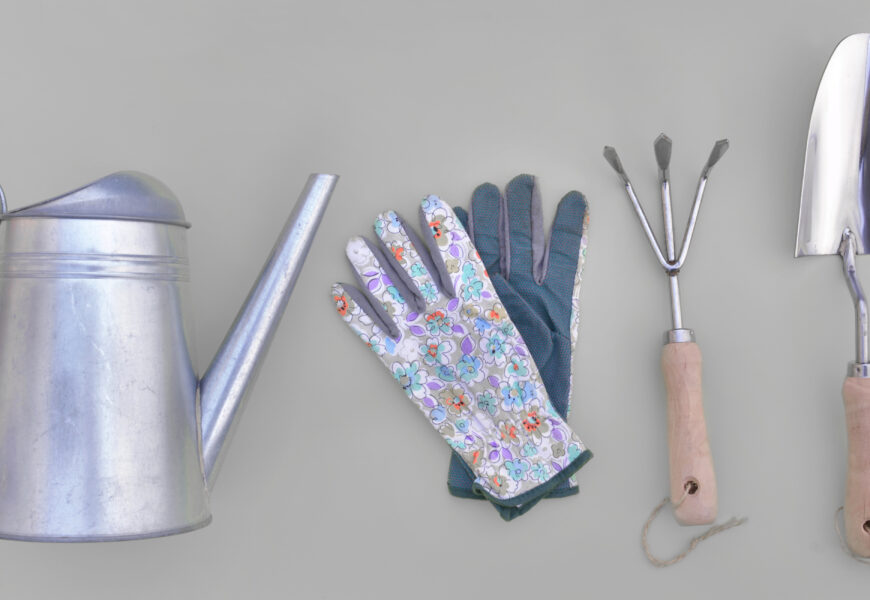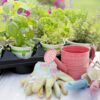Whether you’re a seasoned gardener or just starting your green journey, having the right gardening gloves is essential for comfort and safety. With countless options available, choosing the perfect pair can feel overwhelming. Let’s break down everything you need to know about selecting gardening gloves that will serve you well through every season and task.
Understanding Different Types of Gardening Gloves
Your gardening tasks will determine which type of gloves you need. Here’s a comprehensive guide to the most common types:
Leather Gardening Gloves
Leather gloves are the workhorses of the garden. They offer excellent protection against thorns, sharp tools, and rough materials. Full-grain leather provides the best durability, while goatskin offers superior flexibility. These gloves are perfect for:
- Pruning roses and thorny bushes
- Handling rocks and heavy materials
- Working with power tools
- Moving branches and woody debris
Cotton and Bamboo Gloves
Light and breathable, these gloves are ideal for general gardening tasks. They’re perfect for:
- Planting seedlings
- Weeding in dry conditions
- Handling delicate plants
- Light maintenance tasks
Nitrile-Coated Gloves
These modern marvels combine comfort with functionality. The nitrile coating provides excellent grip while keeping your hands dry. They excel at:
- Working in wet conditions
- Handling slippery plants
- General maintenance
- Precision tasks requiring dexterity

Choosing the Right Size and Fit
The perfect pair of gloves should fit like a second skin. Here’s how to ensure the best fit:
Measuring Your Hand
- Measure around your palm at its widest point
- Measure from the tip of your middle finger to the base of your palm
- Compare these measurements to sizing charts
Remember that gloves that are too tight will restrict movement and cause fatigue, while loose gloves can be dangerous when using tools.
Special Features to Consider
Modern gardening gloves come with various features that can enhance your gardening experience:
Water Resistance
If you frequently work with wet soil or in rainy conditions, look for gloves with water-resistant coatings or materials. This feature helps prevent:
- Soil from seeping through
- Hands getting cold and wet
- Materials breaking down prematurely
Breathability
For hot summer days, breathability is crucial. Look for:
- Mesh panels on the back
- Moisture-wicking materials
- Ventilation holes
Reinforcement
Key areas that benefit from reinforcement include:
- Fingertips for digging
- Palm for gripping tools
- Between thumb and forefinger for pruning
Caring for Your Gardening Gloves
To extend the life of your gloves:
- Clean them after each use
- Allow them to dry completely before storing
- Store them in a cool, dry place
- Check regularly for wear and tear
Cost Considerations
While it might be tempting to opt for the cheapest option, investing in quality gloves can save money in the long run. Consider:
- Having multiple pairs for different tasks
- Investing in high-quality gloves for frequent tasks
- Keeping budget-friendly spares for guests or quick jobs
When to Replace Your Gloves
Know when it’s time to replace your gardening gloves:
- Holes or worn spots develop
- Seams start coming apart
- Water-resistant coating fails
- Loss of flexibility or grip
Remember, worn-out gloves can lead to injuries and make gardening tasks more difficult than necessary.
By choosing the right gardening gloves for each task, you’ll protect your hands while maintaining the dexterity and comfort needed to tend to your garden effectively. Take time to assess your gardening needs and invest in gloves that will serve you well throughout the growing season.





